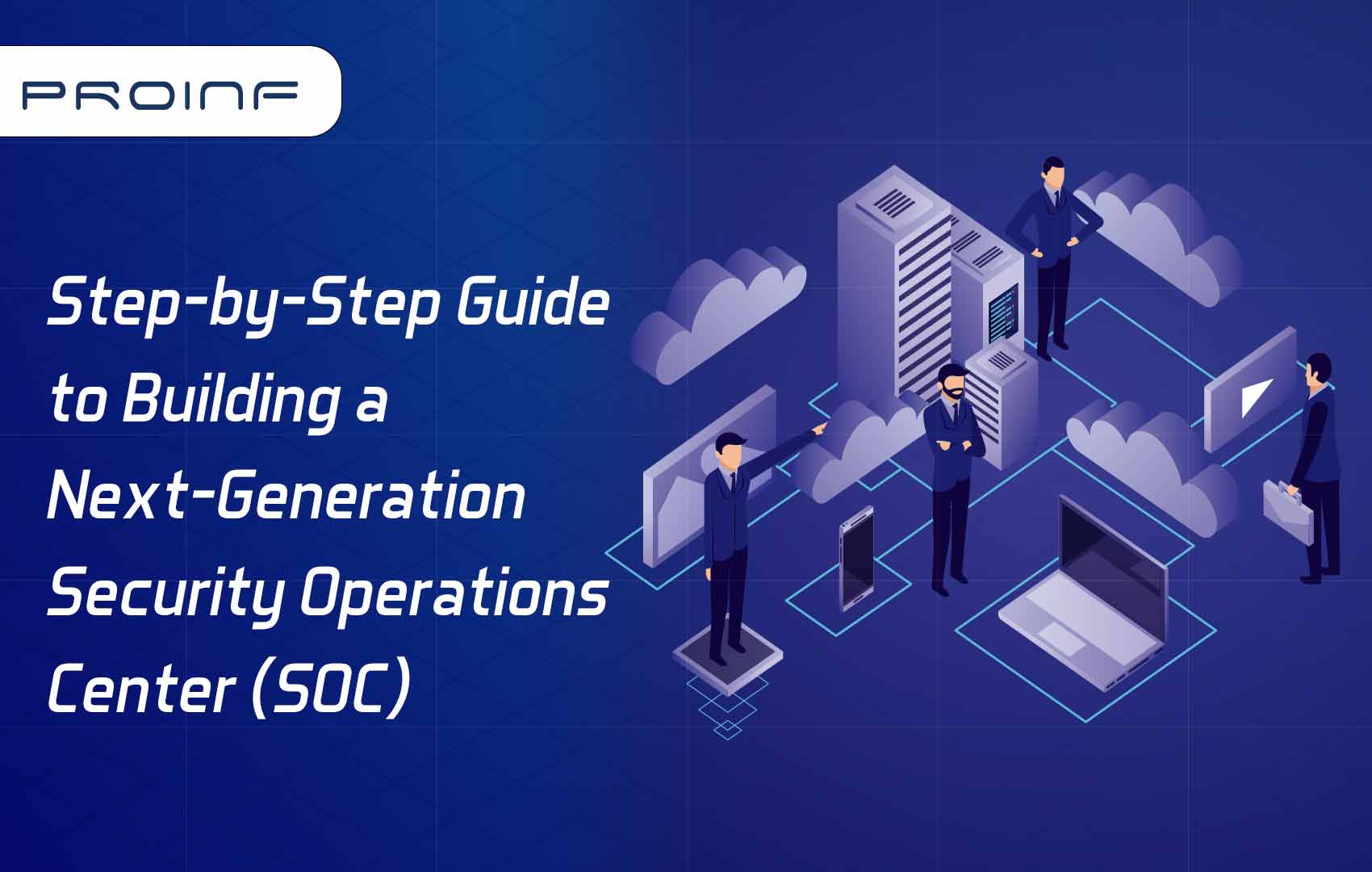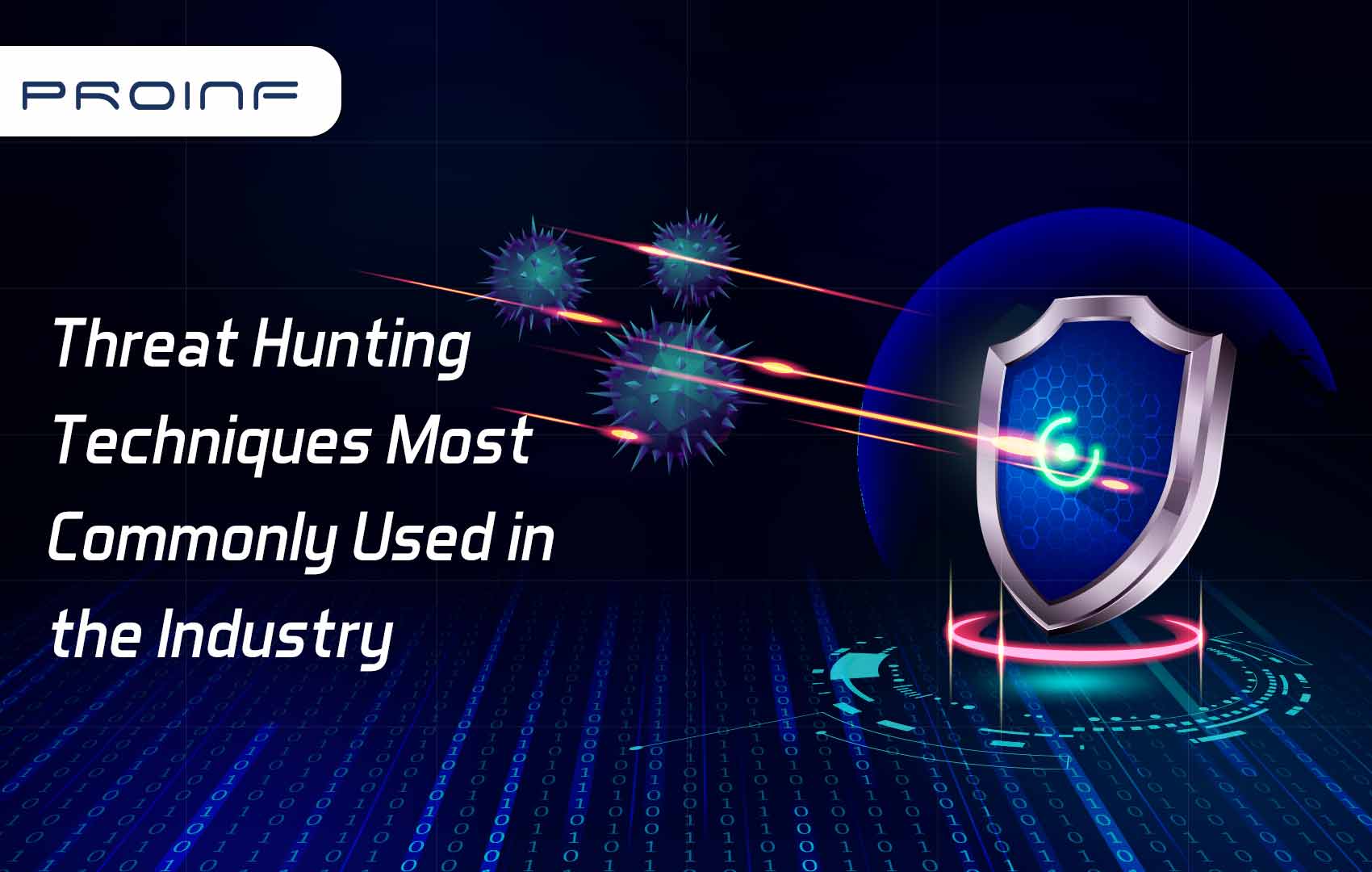Types of Cyber Attacks
What is a Cyber Attack?
A cyber-attack is an attempt to disable computers, steal data, or use a breached computer system to launch additional attacks. Cybercriminals use different methods to launch a cyber-attack that includes malware, phishing, ransomware, man-in-the-middle attack, or other methods.
Types of Cyber Attacks:
1) Malware:
Malware is a term that describes malicious software, including spyware, ransomware, viruses, and worms. Malware breaches a network through a vulnerability, typically when a user clicks a dangerous link or email attachment that then installs risky software.
2) Phishing:
Phishing is the method of sending fraudulent communications that seems to come from a reputable source, usually through email. The goal is to steal or get sensitive data like credit card and login information or to install malware on the victim’s machine. Phishing is an increasingly common cyberthreat.
3) Man-in-the-middle attack:
Man-in-the-middle (MitM) attacks, also called eavesdropping attacks, occur when attackers insert themselves into a two-party transaction. Once the attackers interrupt the traffic, they can filter and steal data.
4) Two common points of entry for MitM attacks:
On unsecure public Wi-Fi, attackers can insert themselves between a visitor’s device and the network. Without knowing, the visitor passes all information through the attacker.
Once malware has breached a device; an attacker can install software to process all of the victim’s information.
5) Denial-of-service attack:
A denial-of-service attack fills systems, servers, or networks with traffic that exhaust resources and bandwidth. That makes the system incapable to fulfill legitimate requests. Attackers also use multiple compromised devices to launch this attack. This is known as a distributed-denial-of-service (DDoS) attack.
6) SQL injection:
A Structured Query Language (SQL) injection happens when an attacker inserts malicious code into a server that uses SQL and forces the server to reveal information it normally would not. An attacker could carry out a SQL injection simply by submitting malicious code into a vulnerable website search box.
7) Zero-day exploit:
A zero-day exploit hits after a network vulnerability is announced but before a patch or solution is implemented. Attackers target the disclosed vulnerability during this window of time. Zero-day vulnerability threat detection requires constant awareness.
8) DNS Tunneling:
DNS tunneling utilizes the DNS protocol to communicate non-DNS traffic over port 53. It sends HTTP and other protocol traffic over DNS. There are various, legitimate reasons to utilize DNS tunneling. However, there are also malicious reasons to use DNS Tunneling VPN services. They can be used to disguise outbound traffic as DNS, concealing data that is typically shared through an internet connection. For malicious use, DNS requests are manipulated to exfiltrate data from a compromised system to the attacker’s infrastructure. It can also be used for command and control callbacks from the attacker’s infrastructure to a compromised system.
What are examples of a Cyber Attack?
Here are some examples of common cyber attacks and types of data breaches:
- Identity theft, fraud, extortion
- Malware, phishing, spamming, spoofing, spyware, trojans and viruses
- Stolen hardware, such as laptops or mobile devices
- Denial-of-service and distributed denial-of-service attacks
- Breach of access
- Password sniffing
- System infiltration
- Website defacement
- Private and public Web browser exploitsv
- Instant messaging abuse
- Intellectual property (IP) theft or unauthorized access
What happens during a Cyber Attack?
A cyber attack happens when cybercriminals try to gain illegal access to electronic data stored on a computer or a network. The intent might be to inflict reputational damage or harm to a business or person, or theft of valuable data. Cyber attacks can target individuals, groups, organizations, or governments.
Ways to prevent Cyber Attacks
- Train your staff
- Keep your software and systems fully up to date
- Ensure Endpoint Protection
- Install a Firewall
- Backup your data
- Control access to your systems
- Wifi Security
- Employee personal accounts
- Access Management
- Passwords


